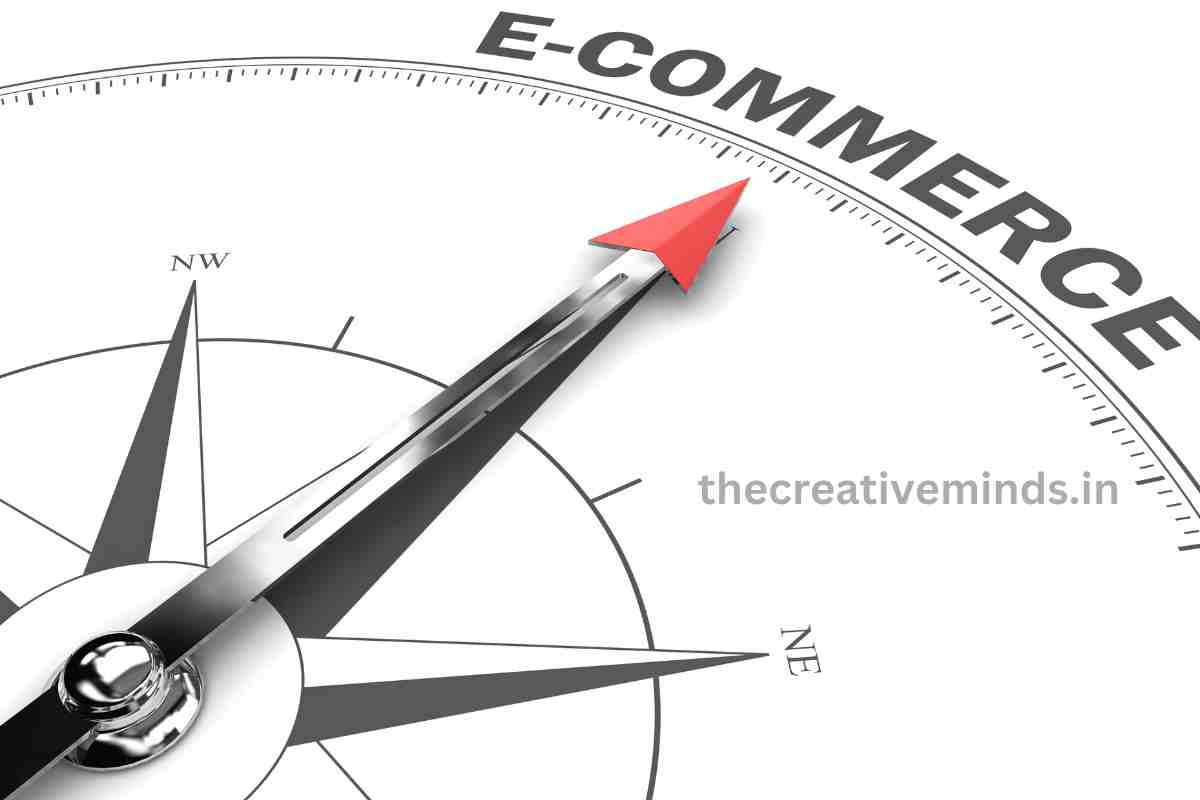Maximize Sales:-E-commerce SEO is the strategic process of improving your online store’s visibility in the search engine results pages (SERPs). Given the competitive nature of the digital marketplace, effective SEO techniques are crucial for attracting potential customers. This blog will delve into two pivotal aspects of e-commerce SEO: product optimization, and the role of reviews and ratings. We’ll explore how these elements can significantly enhance your store’s online presence, drive traffic, and increase sales.
Enhancing Visual Content for SEO
Importance of High-Quality Images and Videos
In the digital shopping experience, visual content plays a crucial role in capturing the attention of potential customers. High-quality images and videos not only engage users but also significantly impact SEO. They can reduce bounce rates and increase the time spent on site, both of which are positive signals to search engines. Visuals provide a clearer understanding of the product, leading to informed purchasing decisions. Furthermore, engaging images and videos are more likely to be shared, increasing backlinks and social signals, both beneficial for SEO.
For e-commerce, leveraging visual content effectively means going beyond just the product images. It includes using 360-degree views, zoom features, and lifestyle images that show the product in use. Videos can range from short clips highlighting the product features to longer, in-depth tutorials or unboxing videos. These elements not only enrich the user experience but also contribute to a comprehensive SEO strategy by making your product pages more informative and shareable.
SEO Strategies for Visual Content: Maximize Sales
Optimizing visual content for search engines involves several key strategies. First, ensure that all images and videos are high quality but also optimized for web use to not slow down your site. Use descriptive, keyword-rich file names instead of generic ones, as this helps search engines understand and index your content more effectively.
Alt text is another critical factor; it provides a text alternative for images, which is essential for web accessibility and also serves as an opportunity to include relevant keywords. When crafting alt text, describe the image accurately and contextually including keywords that relate to the product and its features.
For videos, hosting options should be considered carefully. Hosting videos on your site allows for more control over the user experience and SEO benefits, but using platforms like YouTube can increase visibility and traffic through their search functions. Regardless of where you host, ensure that titles, descriptions, and tags are keyword-optimized and that videos are embedded on relevant product pages to enhance the content’s value.
The Role of Reviews and Ratings in E-commerce SEO
Impact on Consumer Trust and SEO: Maximize Sales
Reviews and ratings are not just a direct reflection of consumer satisfaction; they also play a significant role in SEO and online visibility. From an SEO perspective, reviews add fresh, unique content to product pages, which search engines favor. They also increase the keyword density, often including long-tail keywords used by potential customers in search queries. This can improve your product pages’ rankings for various search terms.
From a consumer perspective, reviews and ratings serve as social proof, significantly influencing buying decisions. A product with a high number of positive reviews is more likely to be trusted and purchased than one with fewer or no reviews. Furthermore, reviews can help mitigate doubts and answer questions potential buyers might have, reducing the likelihood of cart abandonment.
Including customer reviews and ratings on your product pages can also lead to higher click-through rates from search engine results pages. Products with star ratings visible in the SERPs stand out more and signal to searchers that others have vetted the product, encouraging more clicks.
Collecting and Leveraging Reviews
Encouraging customers to leave reviews is essential for any e-commerce business. One effective strategy is to send follow-up emails post-purchase, kindly asking customers to review the product they bought. Offering incentives, such as discounts on future purchases, can also motivate customers to leave reviews. Make sure the process is as easy as possible by providing direct links to where they can submit their feedback.
Once collected, showcase reviews prominently on your product pages. Displaying both positive and negative reviews can increase consumer trust, as it demonstrates transparency. Highlighting specific reviews that detail the product’s features and benefits can act as persuasive, user-generated endorsements. Additionally, consider using reviews in other marketing channels, such as social media, email newsletters, and paid ads, to amplify their impact further.
Managing Negative Reviews: Maximize Sales
Negative reviews offer an opportunity to demonstrate excellent customer service and can sometimes be turned into a positive outcome. When responding to negative feedback, do so professionally and constructively, offering solutions or compensation if appropriate. This approach not only can convert dissatisfied customers into loyal ones but also shows potential customers that your business values customer satisfaction and is committed to resolving issues.
Furthermore, negative reviews can provide valuable feedback for product improvement or highlight issues with the customer experience. Use this feedback to make necessary adjustments, which can lead to better reviews in the future. Transparently addressing these reviews and making improvements based on them can enhance your brand’s reputation and customer loyalty.
Advanced SEO Techniques for E-commerce
Schema Markup for Products: Maximize Sales
Schema markup is a code that you can add to your website to help search engines return more informative results for users. By implementing product schema markup, you can enhance your product listings in the SERPs with rich snippets, which include information like price, availability, and review ratings. This makes your listings more eye-catching and can improve click-through rates.
Adding schema markup to your product pages can seem technical, but many e-commerce platforms offer tools or plugins that simplify the process. Once in place, schema markup ensures that search links can easily understand and display the key attributes of your products, potentially leading to higher visibility and traffic to your site.
Mobile Optimization and Speed
With the majority of online shopping traffic coming from mobile devices, having a mobile-optimized website is no longer optional for e-commerce businesses. A mobile-friendly site ensures that users have a seamless shopping experience, regardless of the device they use. This includes responsive design, easy-to-use navigation, and fast-loading pages.
Page speed is also a critical factor in both SEO and user experience. Slow-loading pages can lead to higher bounce rates and lower conversion rates. Tools like Google’s PageSpeed Insights can help identify areas where your site’s performance can be improved. Implementing best practices such as compressing images, minimizing code, and leveraging browser caching can significantly enhance your site’s speed.
Conclusion: Maximize Sales
In the competitive realm of e-commerce, SEO is a powerful tool to increase visibility, drive traffic, and boost sales. This blog post has covered essential aspects of e-commerce SEO, with a focus on product optimization and the pivotal role of reviews and ratings. By understanding and implementing these strategies, online retailers can significantly enhance their SEO efforts, leading to improved search rankings and a better customer experience.
Moreover, we’ve explored advanced techniques like schema markup and the importance of mobile optimization and page speed, which are critical in today’s mobile-first world. Integrating these practices into your e-commerce SEO strategy can help you stay ahead in the digital marketplace.
SEO is an ongoing process, requiring consistent effort and adaptation to changing search engine algorithms and consumer behaviors. By prioritizing product optimization, leveraging the power of reviews and ratings, and staying updated with advanced SEO techniques, e-commerce businesses can achieve sustained online success. Remember, the goal is not just to attract traffic but to convert visitors into loyal customers, and effective e-commerce SEO is key to making that happen.





Recent Comments